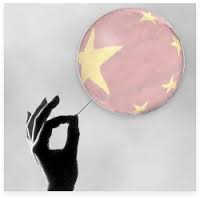
Find below the latest edition of the Export Finance of Investment Corporation’s (EFIC) World Risk Developments in which it has a neat summary of the Chinese housing melt answering the questions:
- Could housing crunch the economy?
- Policy response has been measured
- Could the housing downturn cause a banking crisis?
- The importance of urbanisation and public housing
- Implications for Australian exporters
Here is a sample:
A nagging concern was that overbuilding in lower tier cities, the crackdown on shadow banking, and an increasing tendency by wealthy people to buy a second or third property overseas rather than locally could prolong the drag.
It was noted that real estate investment had progressively risen to 15% of GDP last year. It followed arithmetically that if real estate investment fell by 20%, all else equal, real GDP growth would go down by 4½% points.
And that would be just the direct hit. The housing crunch would also knock industries like steel, cement, glass, furniture and household appliances already suffering from excess capacity. It would lift bankruptcies among developers and suppliers, which would increase bank NPLs, although conservative loan-to-value ratios would limit direct bank exposure to losses on residential mortgages.
Finally, there could be a negative wealth effect from falling property prices on household spending, because property constitutes two thirds of household assets.
The author, Roger Donnelly, is a solid operator, and EFIC is fine institution with much more sense that more august government operations.

